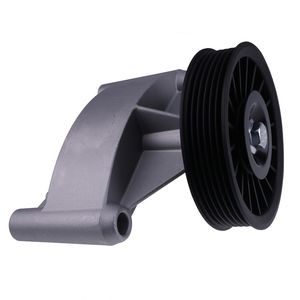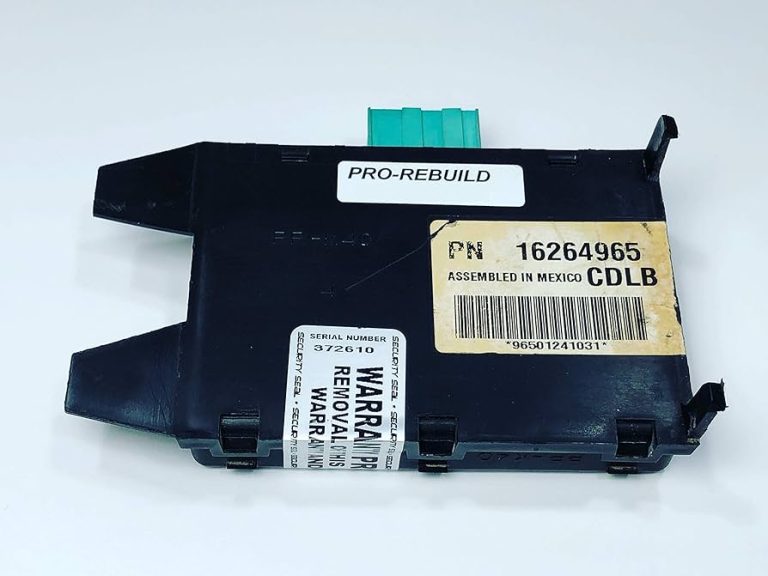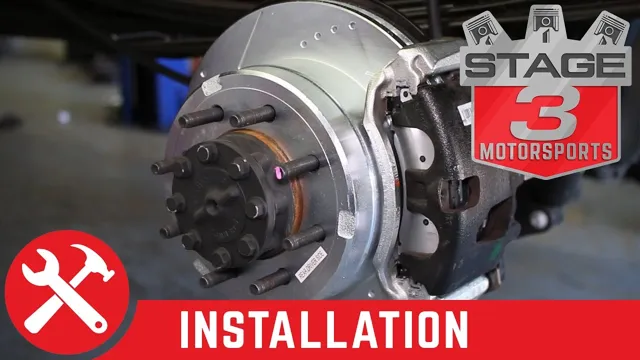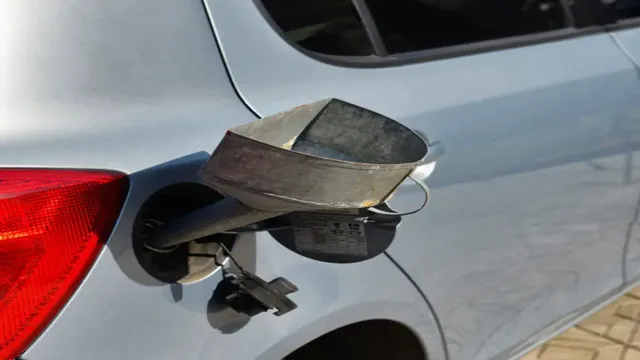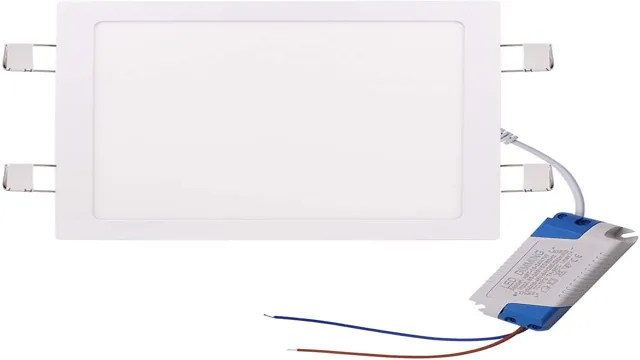How to Bypass AC Compressor Pulley: Mastering the Technique
When your car’s AC compressor pulley seizes or fails, it can be an expensive repair. However, there is an alternative solution that can save you money – bypassing the AC compressor pulley altogether. In this blog post, we will guide you through the process of bypassing the AC compressor pulley, ensuring that your car’s other systems continue to function smoothly.
Why Bypass the AC Compressor Pulley?
Before we delve into the process of bypassing the AC compressor pulley, it’s essential to understand why you might need to do this. If the AC compressor pulley seizes or fails, it can put a strain on the engine, leading to reduced performance and potential damage. By bypassing the pulley, you can prevent these issues and ensure that your car remains drivable.

Credit: www.amazon.com
Steps to Bypass the AC Compressor Pulley
Here are the steps to bypass the AC compressor pulley:
- Locate the Serpentine Belt System: The serpentine belt is responsible for driving various components of the engine, including the AC compressor pulley. You will need to locate the path of the serpentine belt to identify the AC compressor pulley.
- Find the Tensioner Pulley: The tensioner pulley is used to adjust the tension in the serpentine belt. You will need to loosen the tension in the belt to remove it from the AC compressor pulley.
- Remove the Belt from the AC Compressor Pulley: Once you have located the tensioner pulley, use a wrench or socket to loosen the tension and remove the belt from the AC compressor pulley.
- Reconfigure the Belt Path: After removing the belt from the AC compressor pulley, you will need to reconfigure the path of the serpentine belt to bypass the pulley. This may involve using a shorter belt or rerouting the existing belt to skip the AC compressor pulley.
- Secure the Belt: Once the belt has been reconfigured, ensure that it is properly aligned and seated on all the other pulleys. Use the tensioner pulley to tighten the belt to the manufacturer’s specifications.
By following these steps, you can effectively bypass the AC compressor pulley and ensure that your car’s engine continues to operate smoothly.
Considerations and Precautions
Before bypassing the AC compressor pulley, there are a few considerations and precautions to keep in mind:
- AC Functionality: Bypassing the AC compressor pulley will render your car’s air conditioning system inoperable. If you live in a hot climate or rely on the AC, you may need to consider alternative solutions such as repairing or replacing the pulley.
- Engine Performance: Bypassing the AC compressor pulley may affect the overall performance of your engine, especially in extreme weather conditions. It’s important to monitor your engine’s performance after bypassing the pulley.
- Legal and Environmental Considerations: In some regions, bypassing the AC compressor pulley may violate emissions standards or other regulations. Be sure to check local laws and regulations before proceeding with this modification.
Frequently Asked Questions On How To Bypass Ac Compressor Pulley: Mastering The Technique
What Is The Purpose Of An Ac Compressor Pulley?
The AC compressor pulley functions to transmit power to the air conditioning system, enabling it to operate effectively.
How Can I Tell If My Ac Compressor Pulley Is Faulty?
Signs of a faulty AC compressor pulley include unusual noises, irregular air conditioning performance, or visible damage upon inspection.
What Are The Potential Risks Of Bypassing The Ac Compressor Pulley?
Bypassing the AC compressor pulley may lead to reduced cooling efficiency and potential damage to the air conditioning system components.
What Are The Steps To Bypass The Ac Compressor Pulley?
To bypass the AC compressor pulley, you can install a bypass pulley kit or replace the compressor with a bypass pulley assembly.
Conclusion
Bypassing the AC compressor pulley can be a viable solution for addressing issues with a seized or failing pulley. By carefully following the steps outlined in this blog post and considering the associated considerations and precautions, you can ensure that your car remains drivable and operational, while avoiding the significant cost of replacing the AC compressor pulley.

